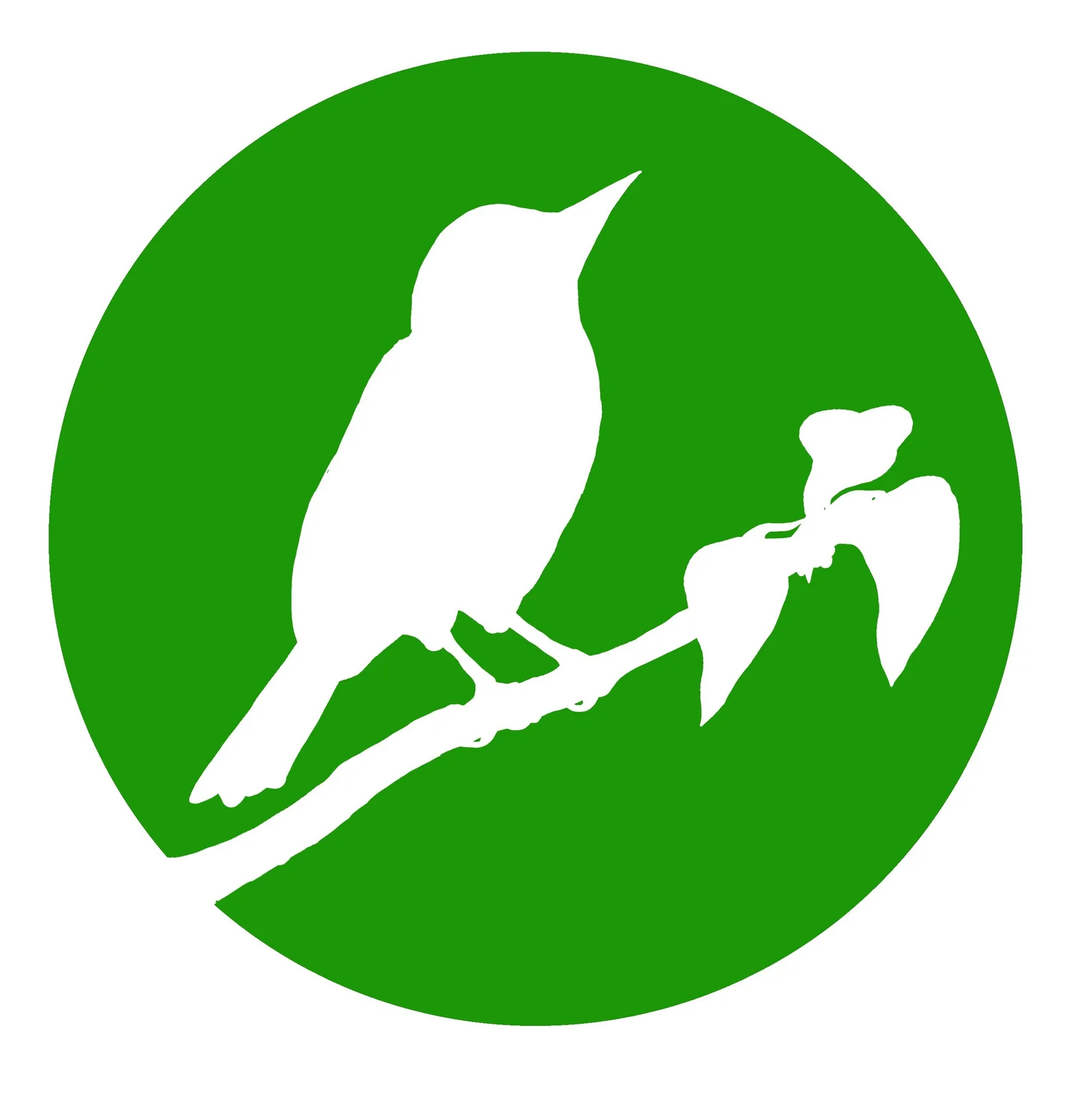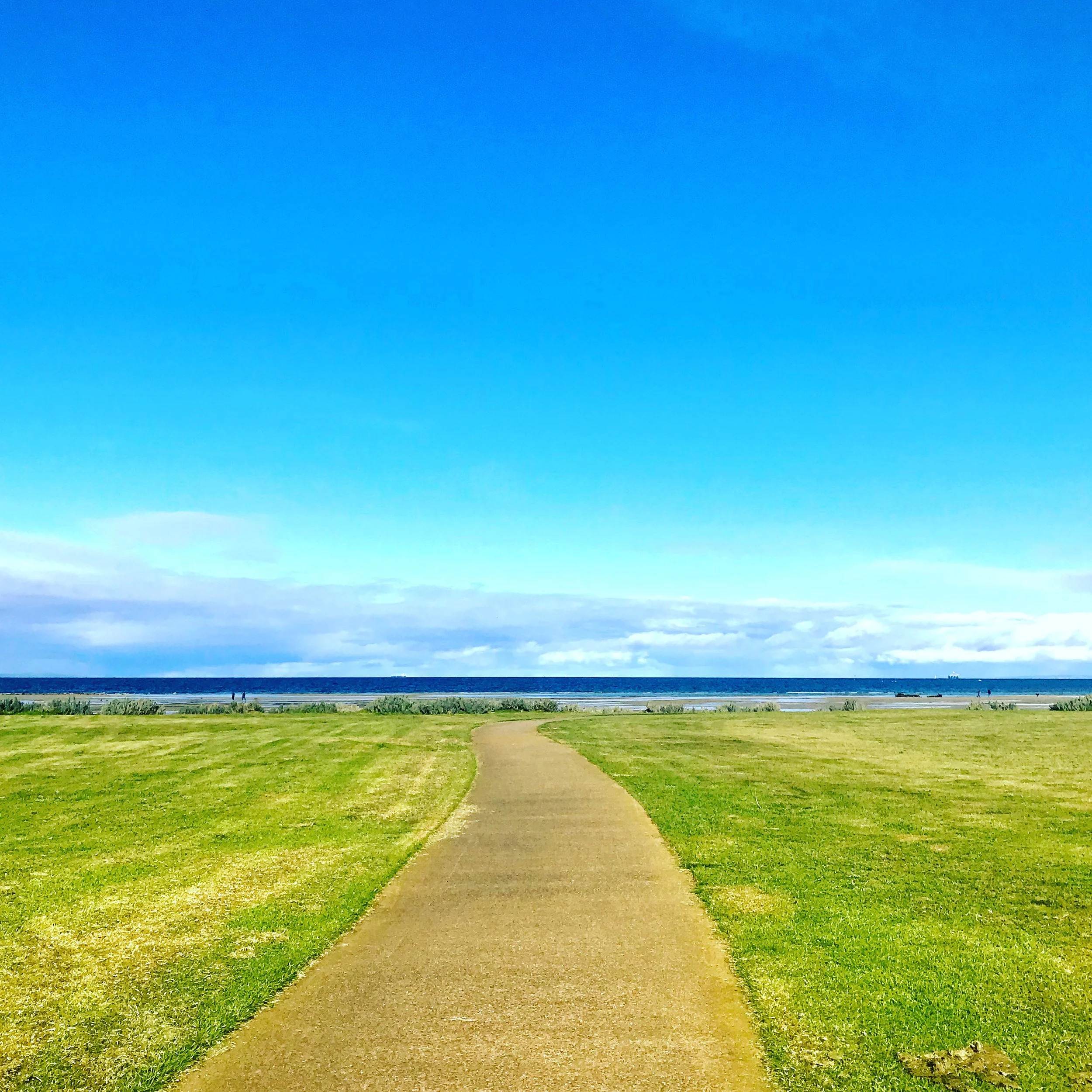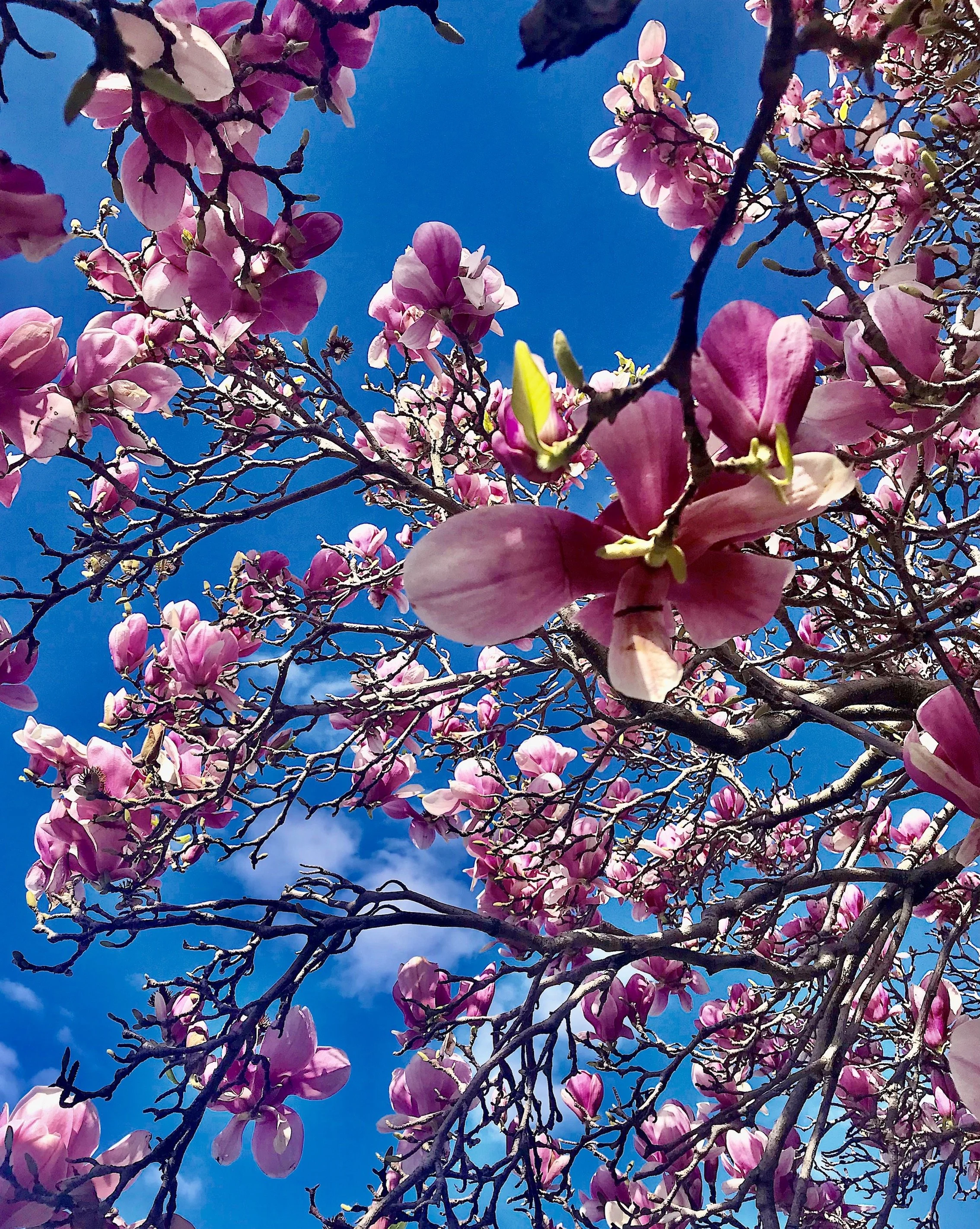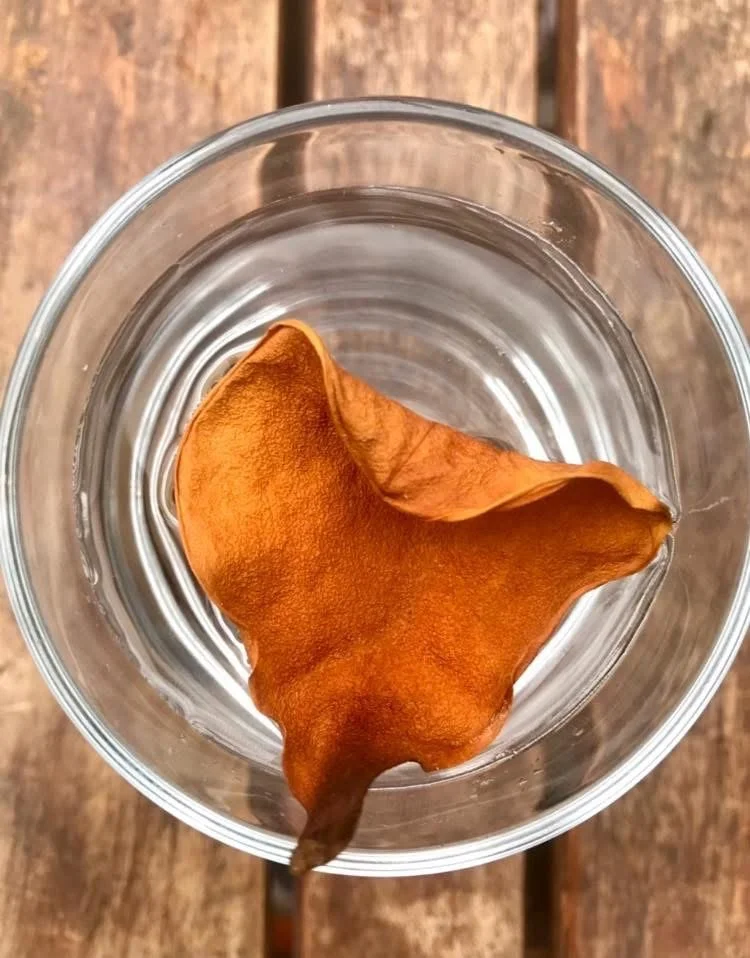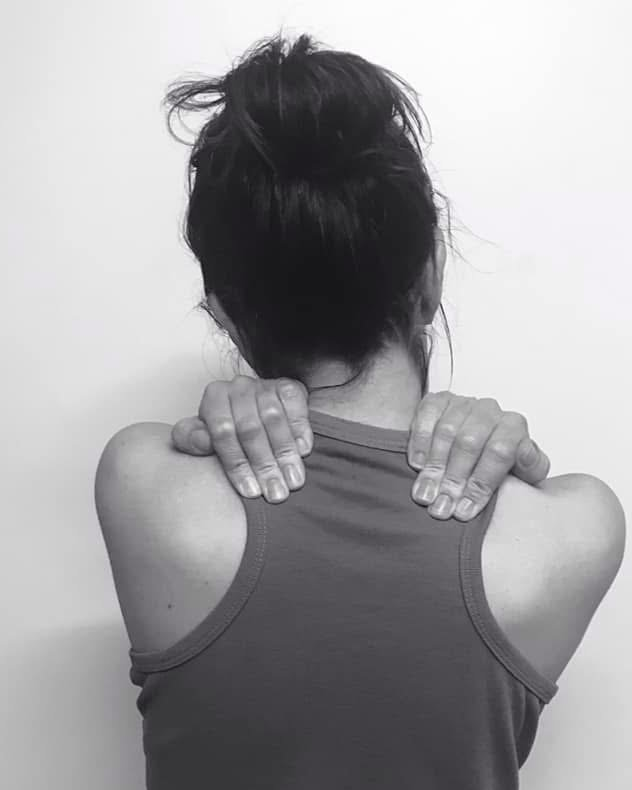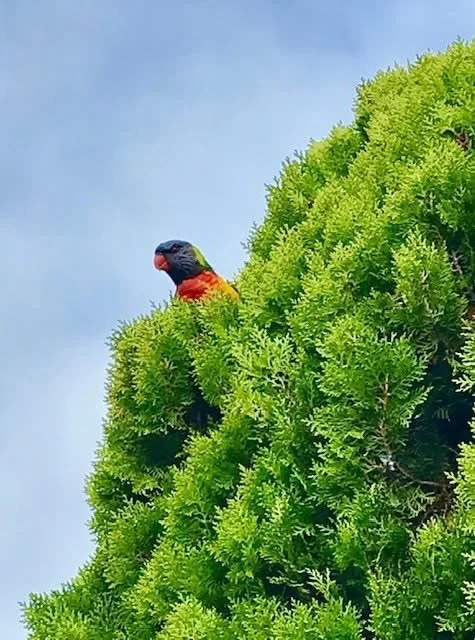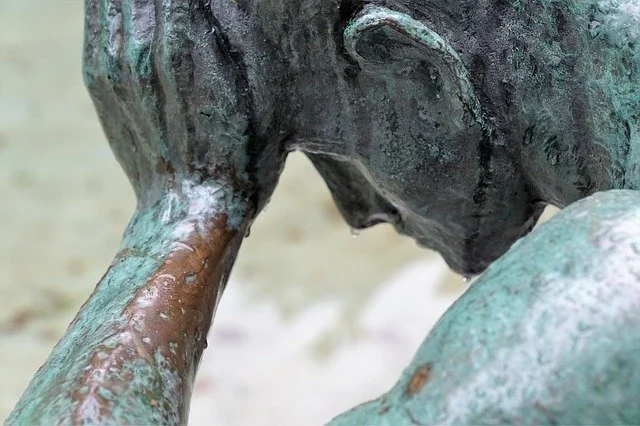Perimenopause and Menopause in Chinese Medicine
The transition into perimenopause and menopause can often be a wild ride. Chinese Medicine can help smooth this transition in a multitude of ways.
Dietary Therapy in Traditional Chinese Medicine - Nourishing Life
Dietary Therapy is an important part of Traditional Chinese Medicine. Choosing seasonal foods that are aligned with your constitution and health concerns can support and improve health outcomes.
Acupuncture for Anxiety - an integrated approach.
Up to date evidence shows Acupuncture to be a promising therapy for the symptoms of anxiety. These findings show Acupuncture is well placed to be part of an integrated treatment plan and therefore, a sound referral option for anxiety sufferers.
Seasonal Sniffles and Acupuncture.
Studies show that Acupuncture can be effective in alleviating the symptoms of hay fever (allergic rhinitis) and that it may also be a cost-effective approach.
Acupuncture for Chronic Pain
Chronic pain can continue long after an injury has healed. It can be both physically and emotionally draining, and affect a person’s ability to work, sleep and socialise. Discover how Acupuncture can help.
A transition into the cooler months -with Chinese Medicine.
Autumn is a time to focus on the lungs and large intestine in Chinese Medicine. Read below for some tips to get the most out of the harvest season x
Shoulder Pain - Consider Acupuncture
Shoulder pain is a common musculoskeletal complaint, affecting up to one third of the population in their lifetime. Symptoms may include pain, loss of function and a decrease in strength.
Acupuncture research for its effects on shoulder pain is ongoing and several studies indicate its benefits when used in combination with other therapies.
Winter time - a repair and reset
Here we are midway through Winter already.. and it’s been pretty chilly!
However, one thing I have found for myself, during this time of uncertainty around movement and travel, is just how good it feels to be outdoors, rugging up in beanies and scarves and going for walks – cold, rain, wind, whatever.. I’ll take it!
Finding balance in challenging times.
It has been a difficult time for many people this Summer. Erratic weather and regional bush fires, have caused widespread challenges.
However, through all of this we have seen such wonderful empathy, connection and generosity.
Migraine or Chronic tension headaches: Have you tried Acupuncture?
Studies support the use of Acupuncture for both chronic tension type headaches and migraine prophylaxis (prevention)
Chronic headaches can be both debilitating and disruptive and for many, can be a regular occurrence. For those who suffer from migraine attacks, it can greatly affect quality of life, with a reliance on medication, often unavoidable
